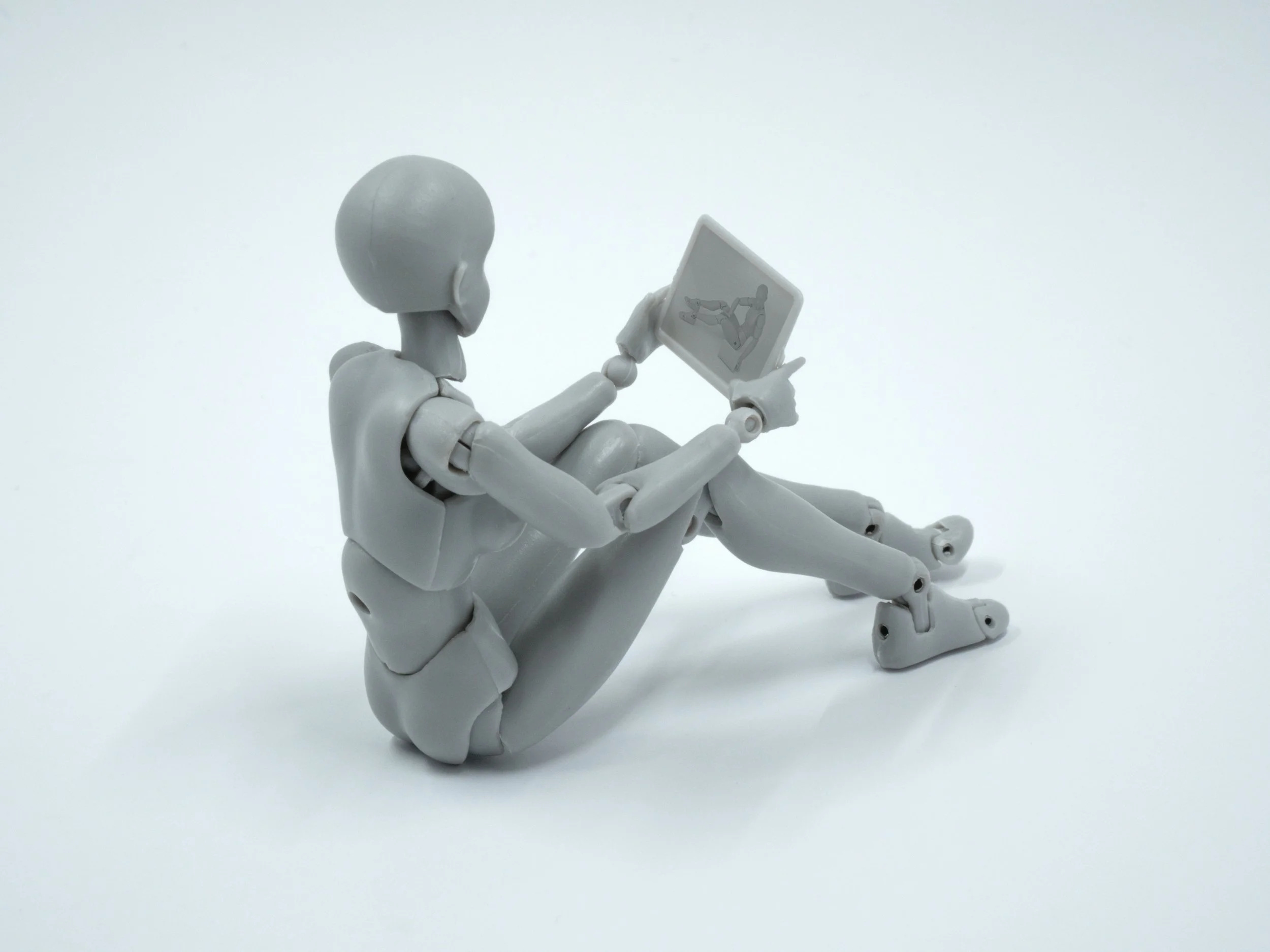In order to benefit from AI features, users must trust them. Product leaders must consider how the UI can offer both transparency and control. This article delivers tips and examples for how we can help build user trust, respecting users’ differing needs and concerns. This is the fourth and final part in our series on UX Design Guidelines for AI Features.
Supercharging User Efficiency with AI
AI isn't just flashy tech—it can make our lives easier. But only if we integrate it into our products thoughtfully. In this article, we deliver tips and examples of how product leaders can use AI to improve efficiency and the quality of users' work. This is the third of a 4-part series on UX Design Guidelines for AI Features.
The Human Side of AI: Control and Choice
Users want control, especially when it comes to new tech. After all, AI s not about replacing humans, but enhancing their capabilities. This article will discuss how providing users control and choice in AI interactions can lead to a more effective and satisfying user experience. You’ll find practical tips and examples showcasing how companies can balance AI features with user autonomy. This piece is the second of a 4-part series on UX Design Guidelines for AI Features.
The Warm Introduction: Seamlessly Introducing AI Features in Your UI
AI is a game-changer, but only if users use it and understand it. The way you introduce AI features can be crucial to their success. In this article, we’ll guide product leaders through tips and examples of the ideal positioning, timing, and disclosure practices. This piece is the first in a 4-part series on UX Design Guidelines for AI Features.
What You’re Buying When You Buy UX Design
When I bought my first iPhone back in 2007, I thought I was buying something to call people from. It’s almost comical to look back on it. Can you think of a time when you bought something for one reason, but ended up loving it for an entirely different reason? This happens all the time with our UX design services. Product leaders who work with great UX designers find that our value is in so much more than making their ideas pretty.
The Fallacy of the Finish Line
Launching a product or releasing a new digital experience is a huge undertaking. It requires planning, design, research, engineering, testing, and so much more. As teams ready to launch, it’s only human that they begin to imagine how glorious launch day will be. But launch day is anything but the finish line.
Three Questions to Ask Before You Hire a Designer
On a Personal Note: Big Milestones Start Small
The Power of Convenience
Common Mistakes in Customer Interviews: A Guide for Product Leaders
Prevent Simple Errors to Improve User Experience
Listen Well, and You Won't Have to Sell
To Disrupt, We Must First Understand
What Is Affordance, and How Does It Relate to ChatGPT?
Have you ever spent way too long trying to figure out how to get soap from the soap dispenser in a public bathroom? If so, you understand what affordance is. Learn how the concept affects the usability of groundbreaking technology like ChatGPT, and discover why adequate affordances are key to maximizing a product's potential.
Useful Products Are Sticky Products
Industry trends create pressure for product leaders, pressure that can result in project funding. Our client arrived at a kickoff full of ideas for features their mobile app should include. Luckily, they brought along 2 stakeholders who understood the typical customer experience well and helped them understand how customers would ACTUALLY use the app.
Does UI Design Influence Team Morale?
How Product Leaders Can Showcase the Value of UX
Business leaders are all about numbers, but spreadsheets and KPIs are not a part of most design training. Designers sometimes struggle to communicate effectively with business leaders. If you’re leading a team of designers (or want to ensure that their contributions are recognized), here’s how to bridge the gap.





















